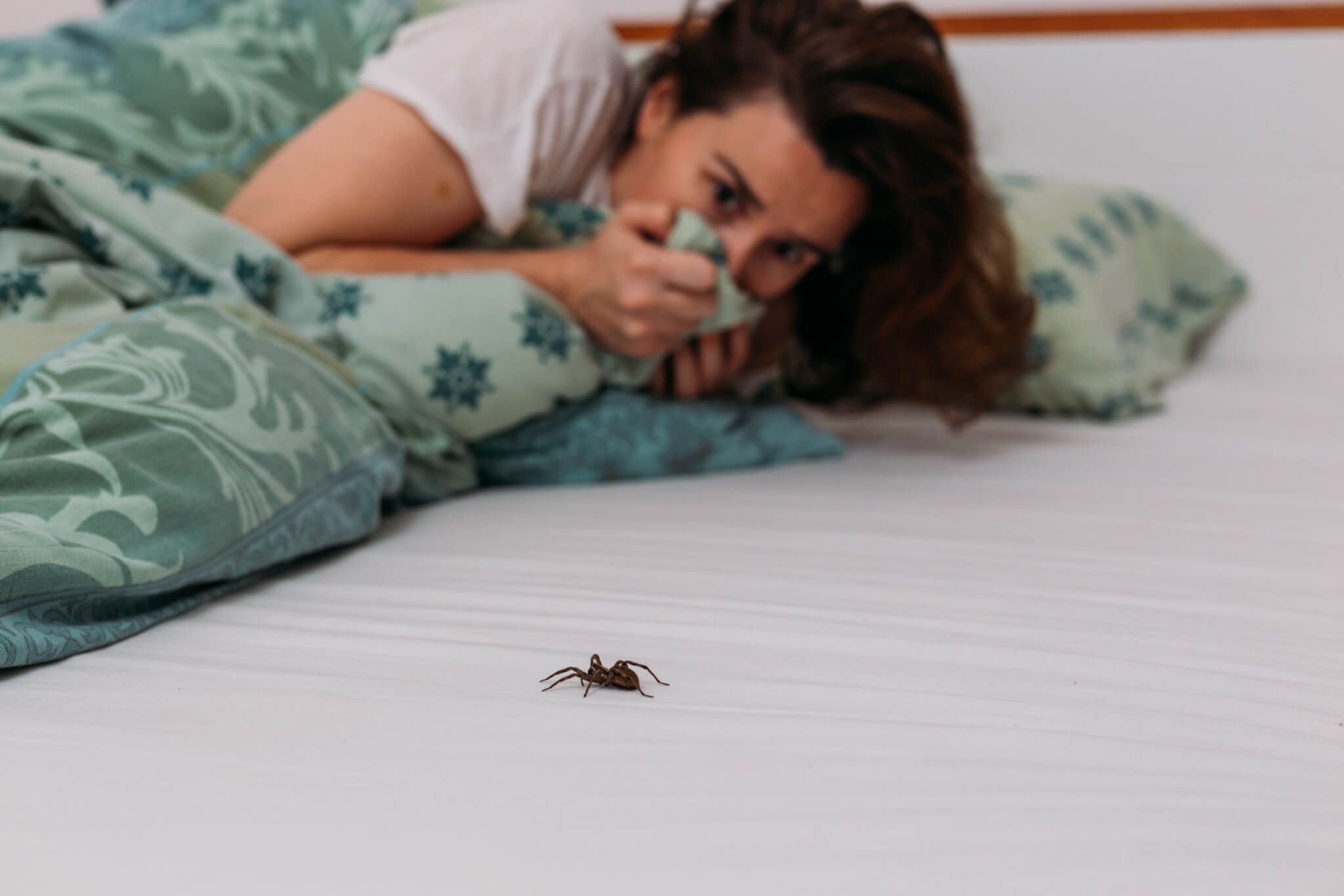🔑 Key Findings:
- Treating a fear of spiders can also relieve other fears at the same time
- Exposure therapy means gradually making people confront what scares them
- Fear of heights dropped by 15% among people undergoing spider therapy
BOCHUM, Germany — When it comes to phobias like fear of crowded places or snakes, the go-to treatment is exposure therapy. This means gradually exposing the patient to whatever they’re afraid of until the experience isn’t quite so terrifying. Scientists have thought that exposure therapy is only effective against one phobia at a time, but new research is now challenging that long-standing assumption. Scientists from Ruhr University Bochum explain that exposure therapy can actually take care of two fears at the same time.
So, for anyone trying to get over a fear of heights, the same therapy which treats people who have a fear of spiders might do the trick!
To reach this conclusion, the research team analyzed a group of 50 people with both a fear of spiders and a fear of heights. Despite only treating the patients with spider exposure therapy, their fear of heights also ended up dropping off.
“Anxiety rarely comes alone,” says Iris Kodzaga, lead author of the study, in a university release. “Patients who suffer from one fear often subsequently develop another.”
The researchers stress that the most effective means of treating a phobia is exposure. By confronting the fear-inducing situations or stimuli under the safety of psychotherapeutic supervision, countless patients have learned to conquer their fears.
“It was long assumed that if a person had multiple fears, they would require multiple exposure therapies tailored to their specific fear,” Kodzaga adds.

Study authors gauged fear of spiders and heights among all 50 participants both before and after they underwent exposure therapy targeting spider fear. Targeted measures featured subjective data collected from specific questionnaires regarding fears pertaining to spiders and heights. Additionally, study authors were sure to collect a series of behavioral measures. For example, how close these individuals would get to the spiders, or how far up they would climb a high church tower.
Incredibly, the exposure therapies appeared to not only ease fears of spiders but also fears related to heights. A notable finding became apparent across both the subjective and behavioral measures: Fear of heights lowered by an average of 15 percent as a result of spider exposure.
“The discovery that exposure to spiders also reduces fear of heights opens up new perspectives for the efficient treatment of phobias,” Kodzaga says. “It could mean that we can rethink therapeutic approaches and possibly develop more universal methods.”
Despite this, how exactly this effect transfers from one fear to another remains unclear.
“The effect can’t be fully explained by associative learning processes. The generalization effect might be due to an increase in self-efficacy as a result of exposure therapy,” Kodzaga concludes. “But perhaps there is also a common denominator between fear of spiders and fear of heights that’s not obvious. We’ll need to conduct follow-up studies to find out more.”
The study is published in the journal Translational Psychiatry.
You might also be interested in:
- Diverse social interactions ease fear of the unknown, lowers belief in conspiracy theories
- Being more in touch with nature may cure fear of spiders, snakes
- Does fear drive you? Here’s why it’s vital to understand what motivates you
